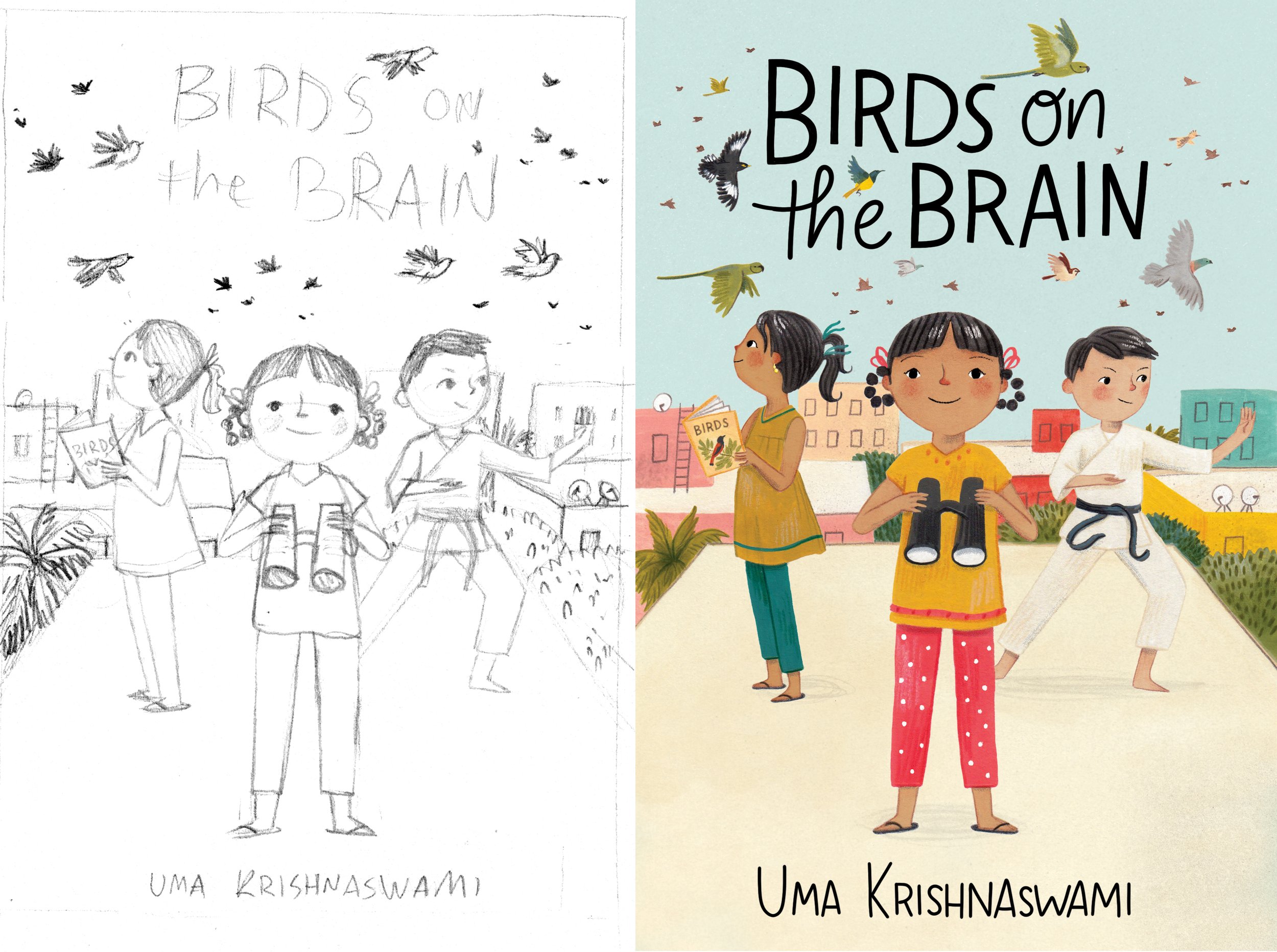
Writing With a Broken Tusk
Writing With a Broken Tusk began in 2006 as a blog about overlapping geographies, personal and real-world, and writing books for children. The blog name refers to the mythical pact made between the poet Vyaasa and the Hindu elephant headed god Ganesha who was his scribe during the composition of the Mahabharata. It also refers to my second published book, edited by the generous and brilliant Diantha Thorpe of Linnet Books/The Shoe String Press, published in 1996, acquired and republished by August House and still miraculously in print.
Since March, writer and former student Jen Breach has helped me manage guest posts and Process Talk pieces on this blog. They have lined up and conducted author/illustrator interviews and invited and coordinated guest posts. That support has helped me get through weeks when I’ve been in edit-copyedit-proofing mode, and it’s also introduced me to writers and books I might not have found otherwise. Our overlapping interests have led to posts for which I might not have had the time or attention-span. It’s the beauty of shared circles.


Guest Post: Julianna Swaney on Illustrating Birds on the Brain
Birds on the Brain—Book II in what has now become the Book Uncle trilogy!—is out today from Groundwood Books!
When we first asked Julianna Swaney to tell us about the cheerful, lively art she’s created for the book, we hadn’t quite understood the extent to which her love of birds informed her work on this story. What a lovely surprise! Here’s what Julianna wrote:

Process Talk with Jen: Uma Krishnaswami on Look! Look!
In Uma Krishnaswami’s own words on her book Out of the Way! Out of the Way! (Groundwood, 2010), after many drafts of editorial interference were tossed aside that had insisted the story be more plot-based, more in line with mainstream US children’s publishing: “I told the story the way it showed up in my mind, with a long timeline, a single action taken by one young boy, and the place itself as the center of the tale. It became a story about a child in a community, about the power of a single action unleashing a long spiral of consequences. It relies on repetition, on rhythm, on auditory effect, as much as it does on the beautiful illustrations of my almost-namesake, artist Uma Krishnaswamy from Chennai.”
